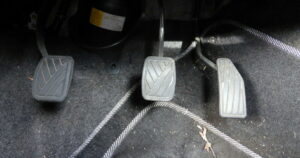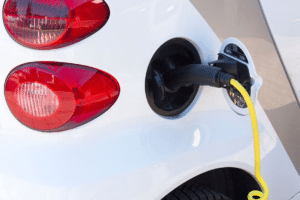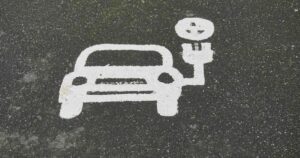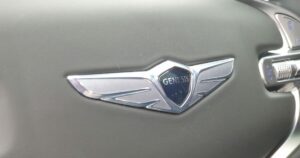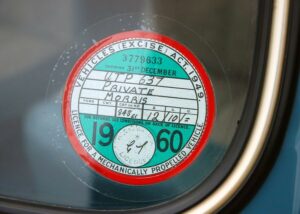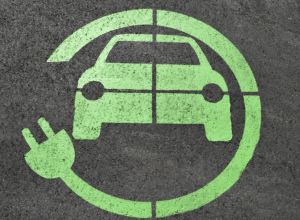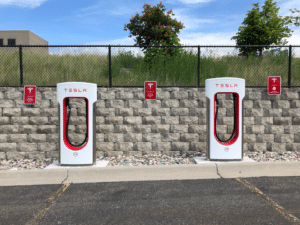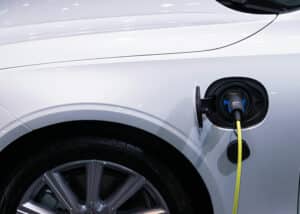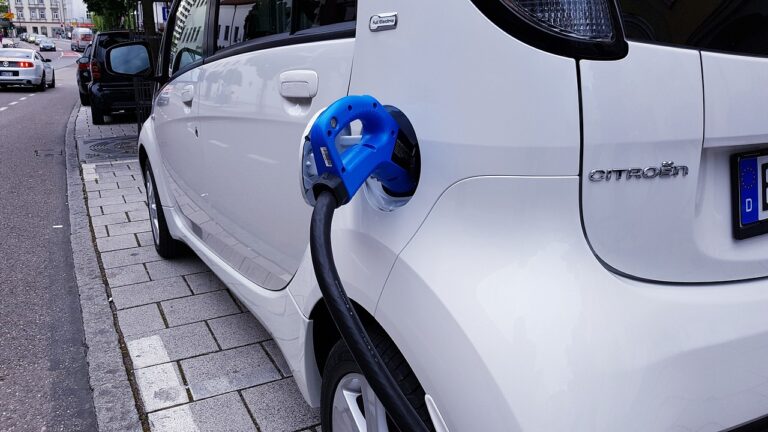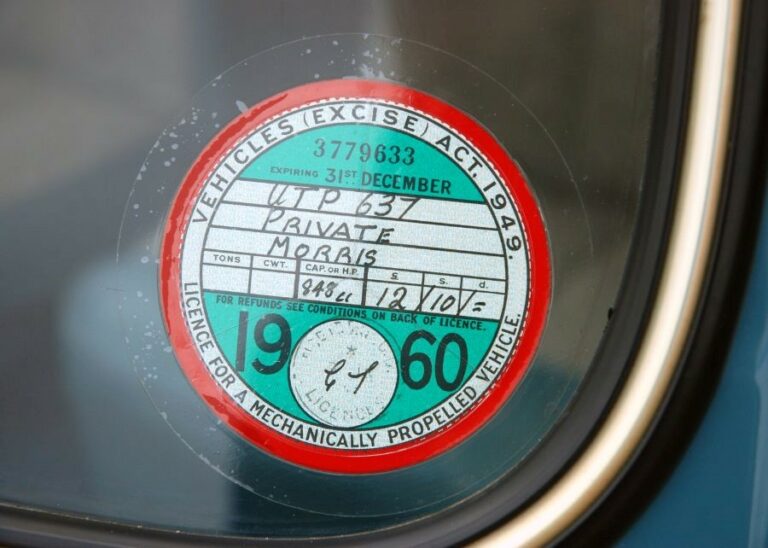Does your car lack power and start acting out of sorts for no reason? You’re not the only one. This happens to loads of us and if you’re not a car expert, this can be worrying. Generally, this means your car’s engine is suffering and that limp home mode is activated. If this ever happens to you, this is what you need to know and how you can handle it.
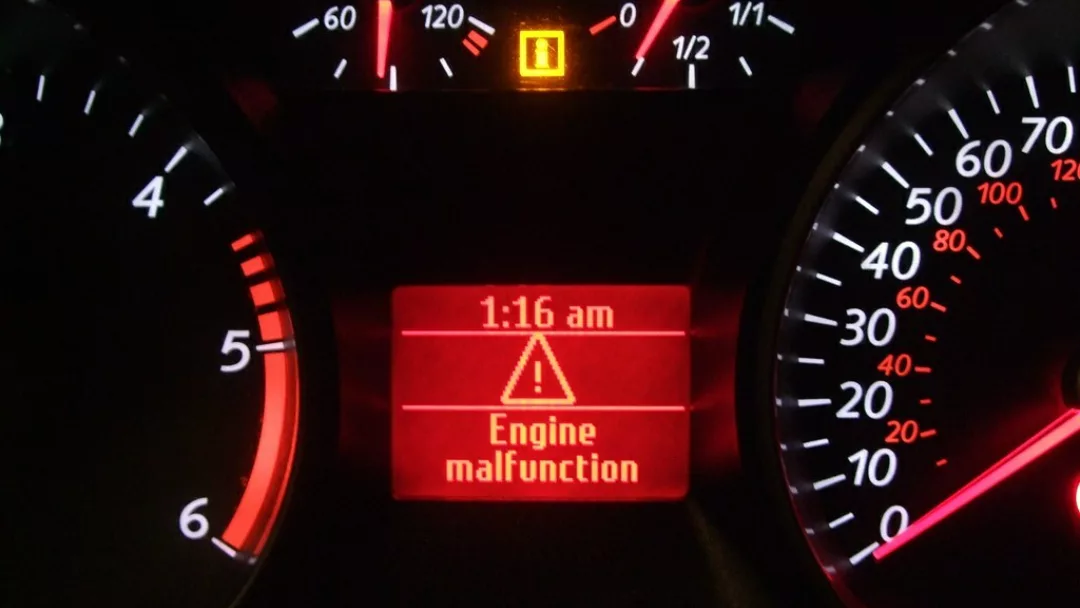
What is the limp home mode?
Limp home mode is basically what it says it is. It essentially allows your engine to run and limp its way home. Limp home mode is a program that lives in your car’s electronic control unit (ECU), which will switch itself on if the engine unit picks up a fault. If this is triggered, don’t panic. Your car will run slower, but it’s ok, it’s doing you a favour. This is going to save your car and stop whatever the problem is that is affecting your engine.
The term limp home mode might sound a bit daft, but it’s quite a savvy security feature when you think about it. If this happens to you, it will switch off your air-con, and other less important bits and pieces, and your speed will be reduced, so you will know it’s there. The whole point of it is to let you know that there is a problem, very kind of it to let you know really.
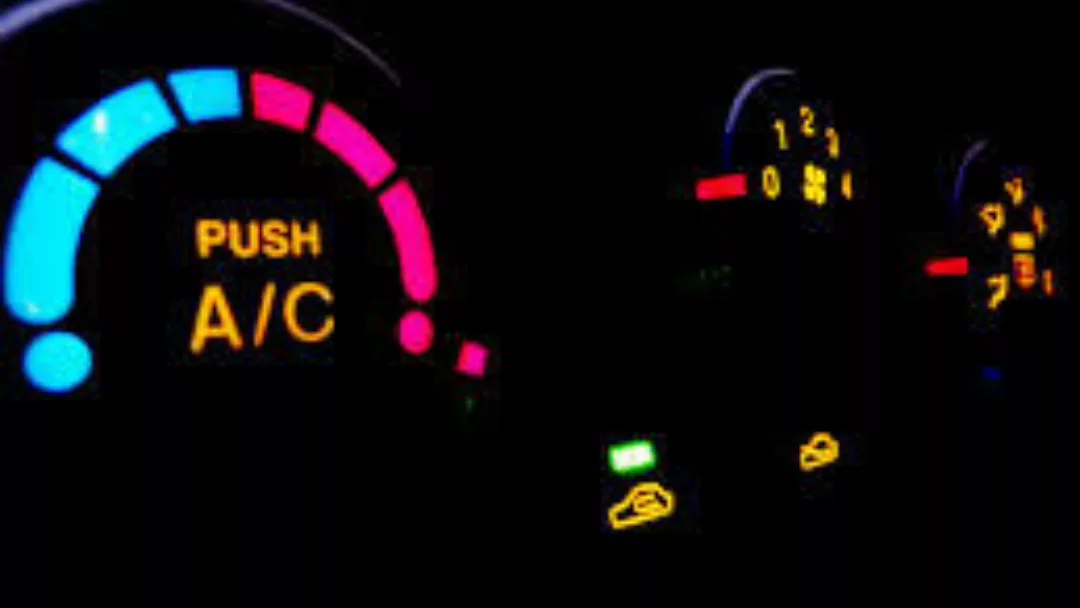
What causes it?
Very good question. Of course, it doesn’t just start on its own, something must trigger the limp home mode, and that something is your car’s computer. It receives so many signals from all of your different car components and when one of those signals is abnormal, the mode will come on.
Going further down the line, what are the signals that may cause an abnormal one? This could be linked to anything from your engine sensors, to wiring issues, your brakes, your clutch, or even fluid levels. Our cars are clever things, smarter than you might think. Hopefully, it’s not something more serious causing your car to enter limp home mode, like your gearbox or turbocharger.
How can you tell if your car is in limp mode?
Trust us when we tell you, you should be able to tell that limp mode has been activated. For a start, your dashboard will more than likely be showing the ‘check engine’ warning light. This isn’t something to panic about, but it will be flashing in front of you to let you know your engine power is not running properly.
You’ll be able to feel it too, so when your try to accelerate you won’t be able to like you normally would. You’ll feel this even more if your car has a turbocharger. Prepare for it to feel sluggish and not want to move like it normally does. You’ll be lucky if you’re able to reach any sort of speed to get you going, it will almost feel like your car is about to give up and the accelerator just isn’t working properly.
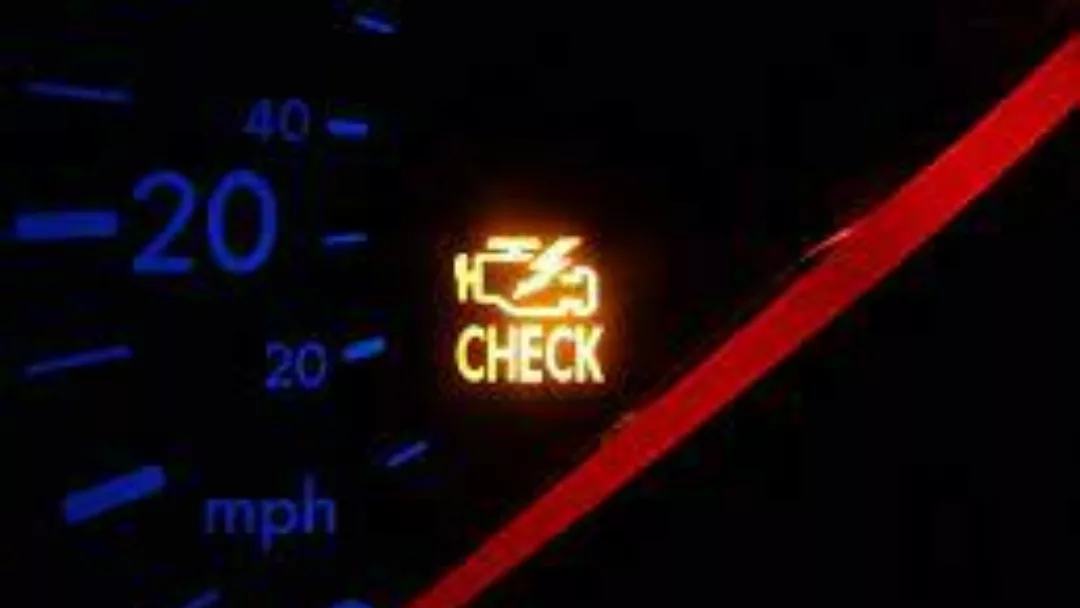
How to get your car out of limp home mode?
We’ll be honest, the best way to fix limp home mode is to get a professional to take a look at it. If you find that your driving and this mode activates itself, the best thing to do is to get yourself home or to a safe place.
Once you get there and you’ve turned your engine off, if you want to check whether it was just a glitch and your car was just having a moment, give it 10 to 20 seconds, then turn it back on. If it was just having a funny turn and it’s corrected itself, maybe the warning light has disappeared and your car is back to normal, then fingers crossed you have nothing to worry about. It might still be worth having it looked over just to be on the safe side.
If worst comes to worst and your car is still dragging its tail, a mechanic is going to be the way forward. This way they can solve whatever the issue might be. The worst thing that you can do is ignore it, hoping that eventually your limp home mode will disappear and won’t come back. It might be costly to fix in some instances, but this shouldn’t put you off from getting it fixed. At the end of the day, it’s designed to keep you safe. You never know, it could be an easy fix, it’s not always an expensive problem to have on your hands.















